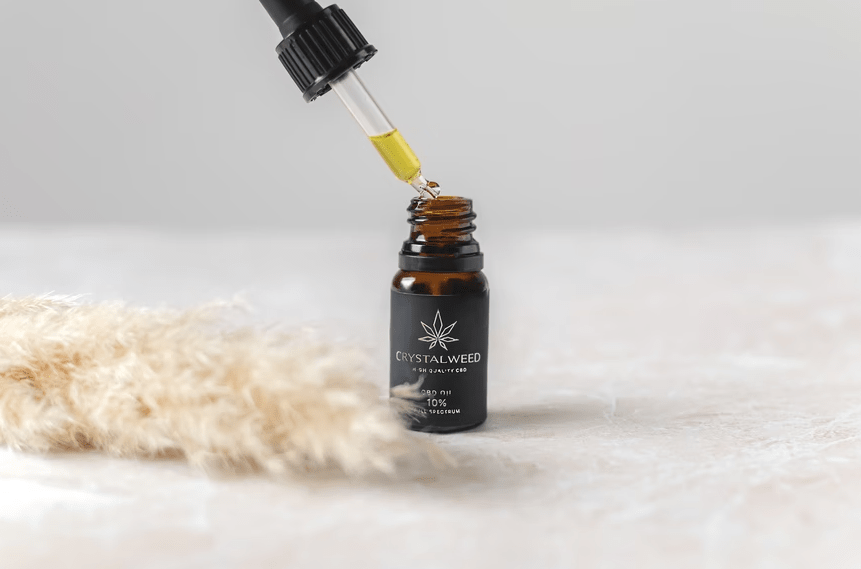Since essential oils are extremely popular today, by now, most of us will be aware of the many benefits they offer. Essential oils are best experienced when used in the form of aromatherapy, but the benefits that they offer when applied topically do not fall short.
Refined from the leaves, flowers, and seeds of plants, there are so many varieties of essential oils. To help you find the right oil based on your goals, we assembled the relevant tips for choosing the right Young Living Essential Oils, along with appropriate tips.
How to chose
Before you begin looking into your options, look into one that isn’t produced through the chemical procedure. Chemical distillation can dilute or pollute the essential oil, reducing its value and smell.
Essential oils that are packaged in amber- or dark-colored glass jars tend to last longer without becoming rancid. Another thing to keep in mind here is not to buy oils that are packed in plastic and sold by the manufacturer. And before you begin shopping, look into the manufacturer and see whether they are transparent about the oil extraction method and the plant quotations, this way you can ensure that you are getting good quality oil. And if getting good quality oil is a necessity for you, Young Living Essential Oils is one that you can trust.
How to use them
Essential oils are extremely powerful and should be diluted before utilizing topically. Using these oils without diluting them can pose serious health risks. Here’s how to dilute these oils:
Diffuser ratio
When using essential oils for aromatherapy, follow the instructions that come with the diffuser and your essential oil blend. This is important as different diffusers will require different dilution rates. Generally, the ratio will be 3 to 5 drops of essential oil to 100 milliliters of water.
Dilution rates
For grown-ups, 15 drops of essential oil to 6 or 7 drops of carrier oil is a good probability. For children, use less essential oil, around 3 to 5 drops to 6 drops of carrier oil. And if you’re just starting out, you can start out small by using lesser quantities.
Patch test
Before using an essential oil on your skin, it’s crucial to do a patch test. This test enables you to see how your skin will react to it, whether you’ll get an allergic reaction or not.
To do a patch test, follow these steps:
- Wash your forearm with mild, unscented foam.
- Pat-dry your skin.
- Apply a few drops of diluted essential oil on a small area.
- Put a bandage on the area, then wait 24 hours.
If you experience any pain or irritation before the 24 hours, wash it off.
After 24 hours, remove the bandage and look for signs of any negative reaction. If you notice red, itchy, or blistering skin, you should reconsider using that oil.
Expiration dates
Take note of the oil’s expiration date before making the purchase, as an essential oil that has expired will not provide any benefits. Another important thing to keep in mind here is that getting more quantity for a cheaper price is not a better deal. It is best to avoid getting essential oils that have expired and become rancid, after all, it is just a waste of money.
Storage
To make sure that the oil does not go bad too soon, store it in a cool and dark place away from the sunlight. It is not a necessity that you have to refrigerate the oil, as keeping it in a cool and dark place will probably do the trick. However, if you are going to refrigerate it, make sure to enclose the bottle tightly in an airtight pack so that the scent of the oil doesn’t get into your food.
Final Words.
When it comes to choosing the right essential oil, it is important to make sure that you check everything thoroughly. And once you have decided on which oil to get, check the Young Living Essential Oils collection.

